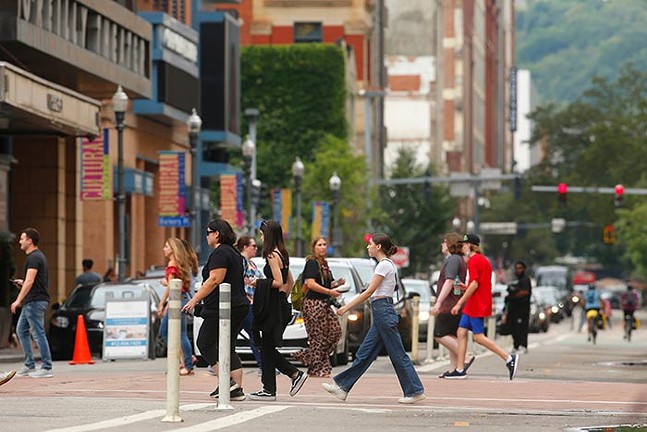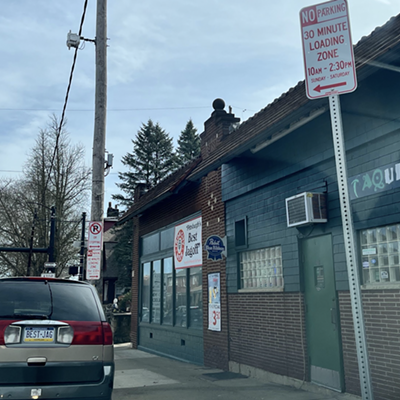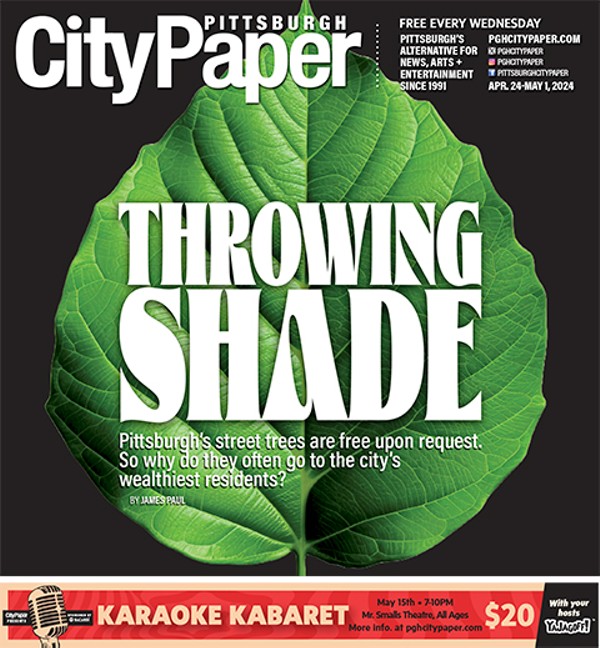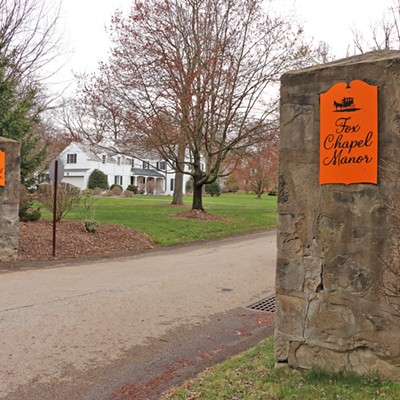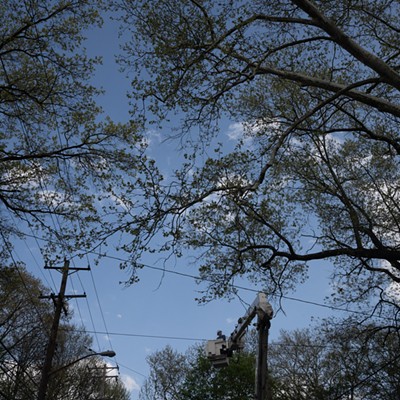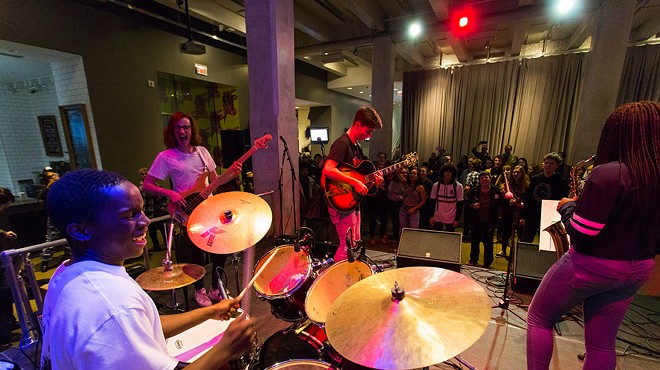In addition to that growth, Allegheny County and the Pittsburgh region also added more non-white residents. The county saw significant jumps in its Latino and Asian populations, adding more than 15,000 Latino residents and more than 24,000 Asian residents. The county is still overwhelmingly white, but 2020 is likely the least white the county has been in modern history. In 2010, Allegheny County was 81% white, but in 2020, it was 75% white.
But the census wasn’t all positive in terms of growth in Pittsburgh. The Black population in the city of Pittsburgh dropped more than any other race, percentage wise. The city lost 10,660 Black people, dropping more than 13 percentage points compared to 2010. Overall, the county’s Black population remained relatively flat, with just a 1.1% increase and about 1,800 additional Black residents. This suggests that suburban Allegheny County saw a large increase in Black population, even as the city’s population fell.
While the census highlights many aspects of the Pittsburgh region people have been discussing for several years, it also contains some surprises. Even so, it solidifies the notion that Pittsburgh is growing, just not everywhere, and not for everyone.
Suburban surge
Compared to the 2010 census, Pittsburgh shed 2,733 residents. However, this decline was much smaller than expected, and much smaller compared to other recent census counts. Between 2000 and 2010, the city shrunk by 8.5%. But between 2010 to 2020, the city only shrunk by less than 1%.But outside the city of Pittsburgh, Allegheny County saw some relatively large increases and grew 3.3% from 2010 to 2020. Suburban Allegheny County added nearly 30,000 additional residents compared to a decade ago.
These gains all came from non-white residents. In suburban Allegheny County, both the Asian and Latino population increased by nearly 88%. Most municipalities in Allegheny County decreased their number of white residents, with Munhall leading the way, decreasing its white population by more than 13%.
But growth wasn't even across all suburban municipalities. There were plenty of suburban municipalities within Allegheny County that lost population, particularly in the Mon Valley. North Braddock declined by 537 people, a more than 11% population drop.
A lot of the growth was concentrated in Pittsburgh’s North Hills. Pine Township added nearly 3,200 new residents and grew by nearly 28%. Just over the border in Butler County, both Cranberry and Adams Township grew significantly, too. (Cranberry added nearly 5,000 residents, the highest volume gain of any municipality in the Pittsburgh region.)
Southern Allegheny County, and just over the border in Washington County, also saw big population gains with South Fayette Township adding nearly 4,000 residents, and Cecil Township adding 3,338 people.
Black displacement
The census confirmed what many have already been discussing: the city of Pittsburgh shed a large number of Black residents. The Black decline in Pittsburgh was more than twice as fast as the city’s white decline, one of just a handful of Allegheny County municipalities where Black decline outpaced white decline. However, Black people are not fleeing the region as a whole, as many have suggested. Allegheny County’s Black population grew slightly, and grew significantly (15%) if you only count municipalities outside the city. The suburbs added 12,477 Black residents, even as they lost more than 39,000 white residents.
But it’s unclear exactly what drove Black people to Allegheny County’s suburbs. Some well-off suburbs — like Oakmont and Kennedy Township — more than doubled their Black populations, and North Hills suburbs Pine and Marshall also saw jumps in Black population. However, many boroughs that are struggling economically — like Glassport, Pitcairn, and East McKeesport — also saw huge increases in their Black populations with each small borough adding hundreds of Black residents over the last decade, suggesting they were forced out of previously affordable city neighborhoods into cheap housing that is more widely available in these struggling boroughs.
Another factor also may be complicating how Black displacement is viewed is Pittsburgh. The 2020 Census saw a huge increase in people identifying themselves as multiracial, as opposed to one race. Americans identifying as multiracial increased 276% in 2020 compared to 2010. And Pittsburgh likely saw some of that, too. The multiracial population in the city of Pittsburgh added more than 10,000 people.
Though more than 10,000 people identifying as Black alone shrunk in city limits, Pittsburgh added 2,646 people who identified as Black in combination with one other race.

